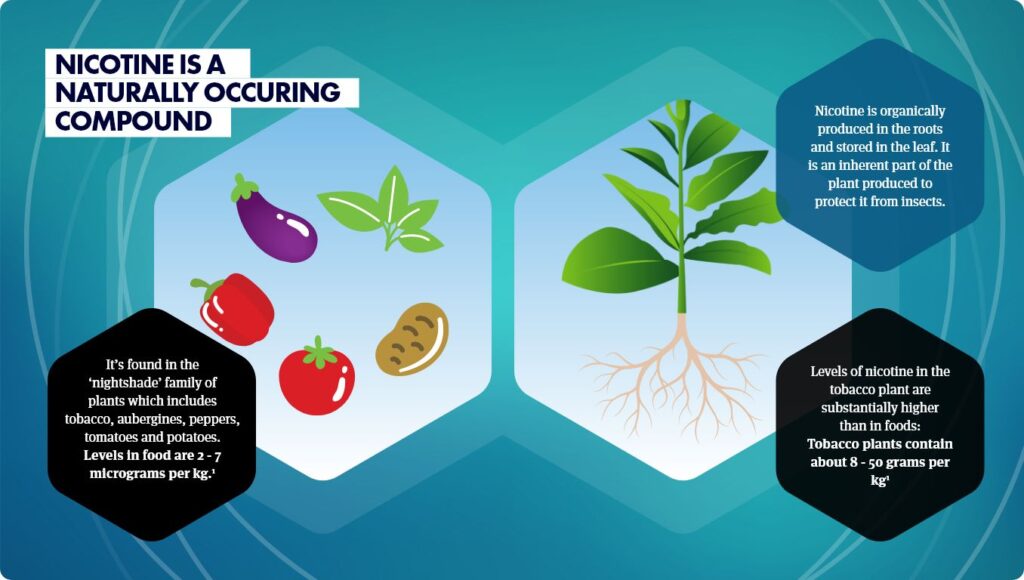Nicotine is arguably one of the most stigmatised and misunderstood chemicals in public debate. If misconceptions endure they could pose a serious threat to tobacco harm reduction (THR).

For consumers to feel reassured by our next generation products (NGP), we believe it’s important to have a frank and honest discussion about the nicotine they contain.

We extract nicotine from tobacco for use in our NGP, but it’s also possible to produce synthetic nicotine.
Nicotine can enter the body in various ways, depending on the product used. In turn, the route of delivery impacts the speed at which nicotine reaches the body’s tissues, organs and brain.

Nicotine has some chemical and physical similarities to a chemical messenger (acetylcholine) that naturally occurs in our bodies and plays an important role in alertness, attention, learning, and memory.
Nicotine binds to the same receptors in our bodies as acetylcholine, mimicking its action. In nicotine users, it has similar effects to acetylcholine.
Nicotine is a mild stimulant. Usage results in a broad range of temporary effects that many adult smokers and NGP consumers find pleasurable, including increased alertness and concentration levels.
Although it’s a stimulant, using nicotine may also have different effects. For instance, some adult users report larger doses help with relaxation.
There are around 7,000 chemicals in tobacco smoke, of which nicotine is one.
Nicotine is an addictive substance and is not considered to be risk-free. That said, public health experts worldwide have concluded the toxicants generated from burning tobacco, and not nicotine, are the primary cause of smoking-related diseases including cardiovascular disease and cancer.

Decoupled from tobacco smoke, nicotine’s long-term safety profile has been established through years of pharmaceutical clinical trials and decades of ‘over-the-counter’ use.
We’re committed to offering those adult smoker consumers who enjoy nicotine – and are currently unwilling or uninterested in quitting smoking – a range of opportunities to transition to potentially harm reduced NGP.
Read more about our official scientific position around nicotine here.
Like many substances, at high doses nicotine can be poisonous. However, it is not poisonous at the intended levels typically consumed by adult NGP users.
This ‘the dose makes the poison’ principle has been central to toxicological science for centuries.
Disappointingly, potentially hundreds of millions of people around the world – including adult smokers, journalists, and even regulators and public health professionals including doctors and surgeons – still don’t necessarily understand or appreciate the crucial nuance between the risks of smoking and the risks of nicotine.
Additionally, a significant majority of doctors worldwide mistakenly attribute negative health consequences to nicotine; for instance in this survey, 77% incorrectly believed nicotine was responsible for lung cancer.
We believe the onus is on all parties – including industry – to work collaboratively to address the communications failures around nicotine, not only in terms of challenging its misunderstood and misrepresented role in smoking-related disease and other misconceptions, but also the positive role it can play in tobacco harm reduction through NGP when decoupled from cigarettes and tobacco smoke.
Watch the video below to learn more or explore our interactive learning module on nicotine.